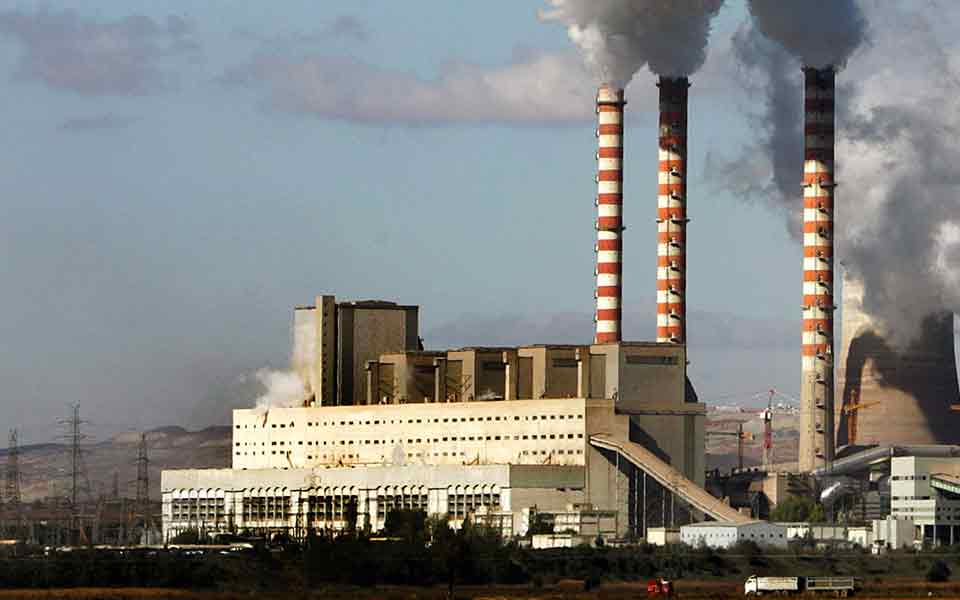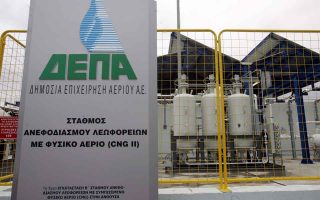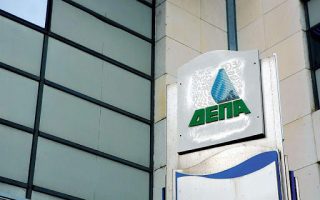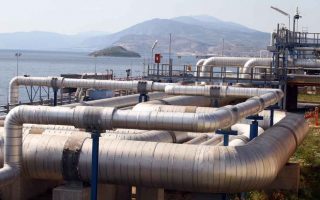Carbon capture extends life of lignite units

A group of Greek and US experts has sent the Energy Ministry an alternative proposal regarding the operation of Public Power Corporation’s efficient lignite-powered units, such as Ptolemaida 5, beyond the termination deadline of 2028 that the National Plan for Energy and the Climate provides for. This concerns a technology which could reduce their carbon footprint considerably, and secure them a competitive edge.
This group is called OASIS and the proposal submitted relies on carbon capture, utilization and storage (CCUS) technology that could be implemented in the form of a public-private partnership (PPP) for PPC’s most efficient coal-fired plants in Western Macedonia.
OASIS officials have assisted in the evolution and development of this technology in various international projects such as the Petra Nova unit near Houston, Texas, that uses lignite and constitutes the biggest commercial example of carbon capture and utilization in the world.
The OASIS group’s Konstantine Drougos explained to Kathimerini that CCUS technology “is one of the most advanced innovative green technologies included in the technologies proposed by the Treaty of Paris as it immediately reduces the emission of pollutants into the atmosphere.”
He added that the CCUS pattern could be employed at Greece’s new, state-of-the-art lignite plants such as Ptolemaida 5, provided that the operation of coal-fired units is allowed to continue beyond 2028. This is because the application of carbon capture technologies combined with modern burning technologies will lead to a positive environmental footprint and a production cost that will be equal to or even lower than that of modern natural gas-fired plants.
Speaking about the general benefits of CCUS technology, Drougos stressed that “carbon dioxide can be transformed into new products for the chemical industry and synthetic fuel such as methanol. CO2 can also be stored in underground geological deposits while oil is being extracted.” Other uses, according to Drougos, are to be found in fertilizers, plastics and the refreshments industry.
Drougos’ view is that decarbonization has been taking place in Greece for some years if one takes into account the dramatic reduction of lignite output – from 63 percent in 2004 to 18 percent in 2019 – and the proportionate reduction in emissions from lignite burning.
“Greece does not lag in performance compared to other countries. On the contrary, it finds itself among the countries that have advanced their decarbonization having started years ago,” the OASIS group representative said. He went on to note that the application of CCUS technology would also give regional and local communities in Greece the opportunity to create jobs, strengthen the economy and energy safety while saving resources thanks to investment in domestic production energy with low CO2 emissions, dissociating economic development from these emissions.





